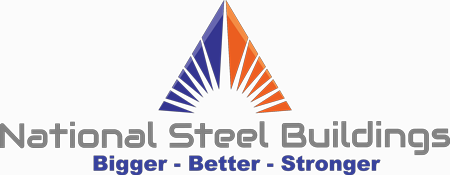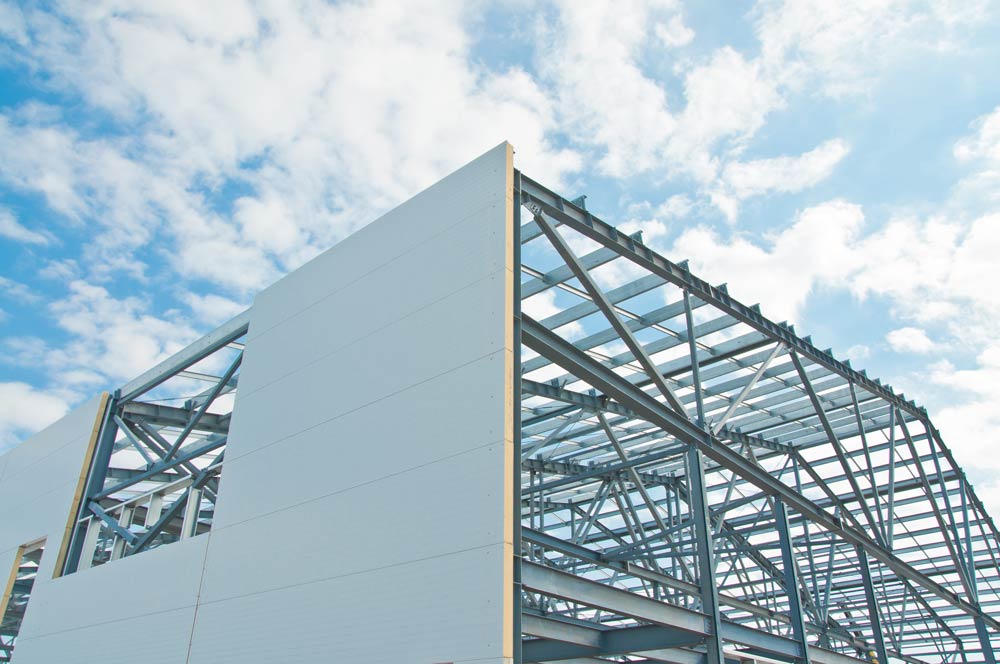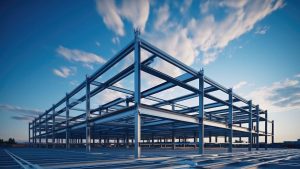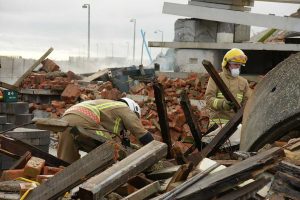First, you must select where construction is to take place and ensure that any building regulations and local council rules are adhered to. Sounds obvious, but you need to do this to avoid big problems once your building is constructed and ready for use. Buying from us, we can provide you with the architectural drawings and engineering certificates as required.
If you have selected your desired building from the different types of structures we have at National Steel Buildings, you will know we are there with you every step of the way, from selection to construction. Our trained, professional staff have years of experience and knowledge to ensure your build goes smoothly. However, this blog will give you some insight into what to expect.
First Stage – Laying The Foundations
Prepare the area by removing unwanted foliage. Preparing the ground by levelling it and putting in a slight incline to assist with drainage. Have the water table and wind speed assessed to be sure you can calculate the load-bearing of the structure.
Utilities – think long-term about what you may need and lay them before you put in the foundation base, saving a lot of hassle down the line.
Foundations – once again, it might sound obvious but laying your foundation before constructing the building saves a lot of time and trouble than doing it after construction. Concrete is the usual foundation, as it will support the structure you are putting up. Don’t forget concrete needs time to set before you commence construction. If you have a dirt or gravel floor, concrete piers must be used. You can also opt for a retaining perimeter wall, which is poured around the structure’s perimeter.
Ensure good access for the delivery trucks and any erection machinery.
Second Stage – Buildability
Once delivered, the steel components will be quickly assembled into a frame on site. This process consists of lifting and placing the components into position and connecting them. Connecting them is generally done by bolting, which is faster than welding. Plus, they are less susceptible to poor weather conditions and have less problems for access and inspection requirements than site welding – which can take longer and add additional costs to the project.
Your assembled steel building must also be aligned before the bolting is complete. This action is between the erection crew and the site engineer. By using specific tools like pull-lifts, wedges and proprietary pulling tools, your building is secured into place acceptable to the site engineer and the bolts are tightened.
With over 20 years in the business, our staff know what they are doing. Whether you have bought hot or cold rolled steel buildings, a standard kit or a bespoke design, we provide the correct skilled professionals for every stage of the construction. The construction sequence should be manageable as long as preparation for the construction is factored in at the design stage. Buildability is a necessary component of the design of your steel building and is always part of our design process.




